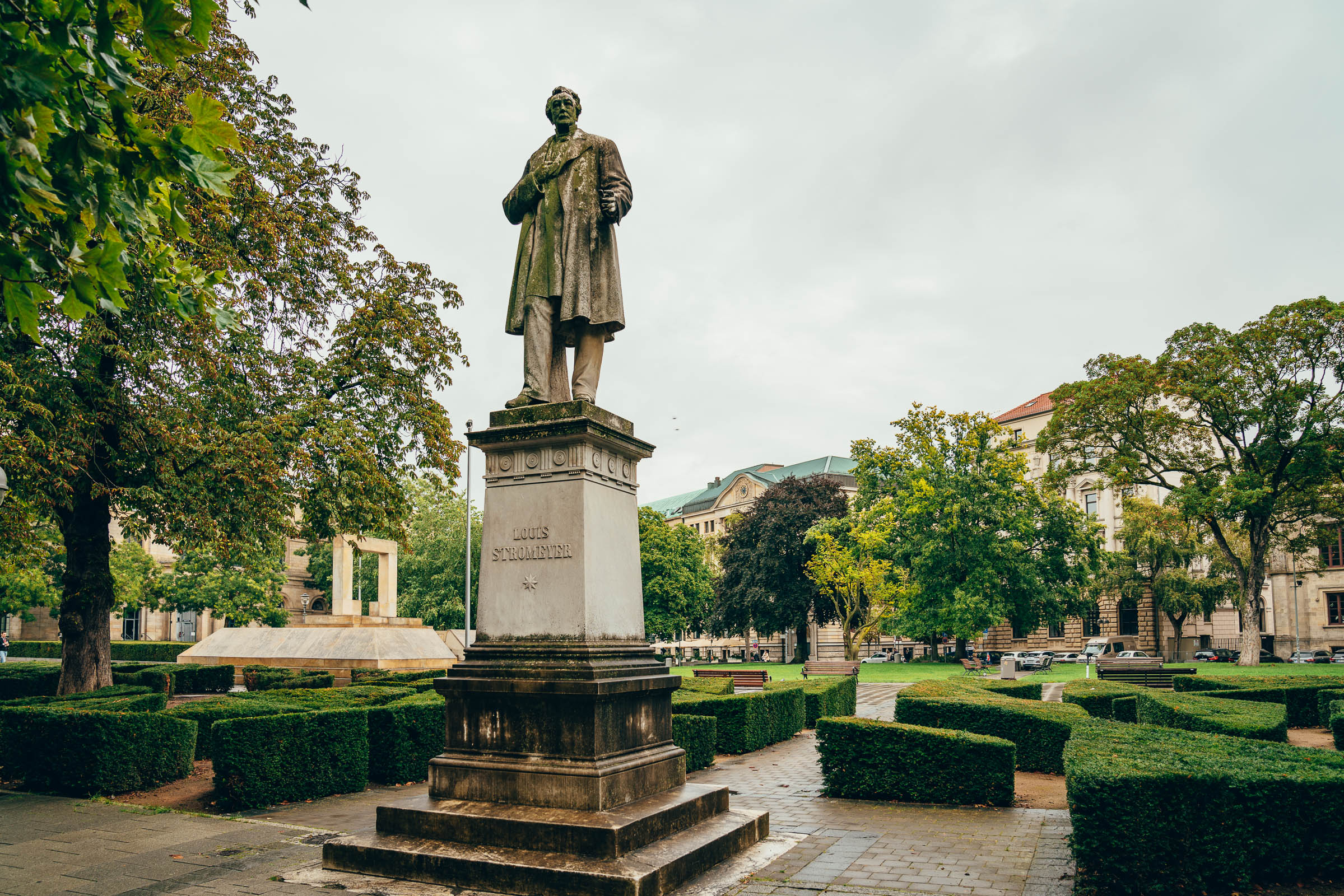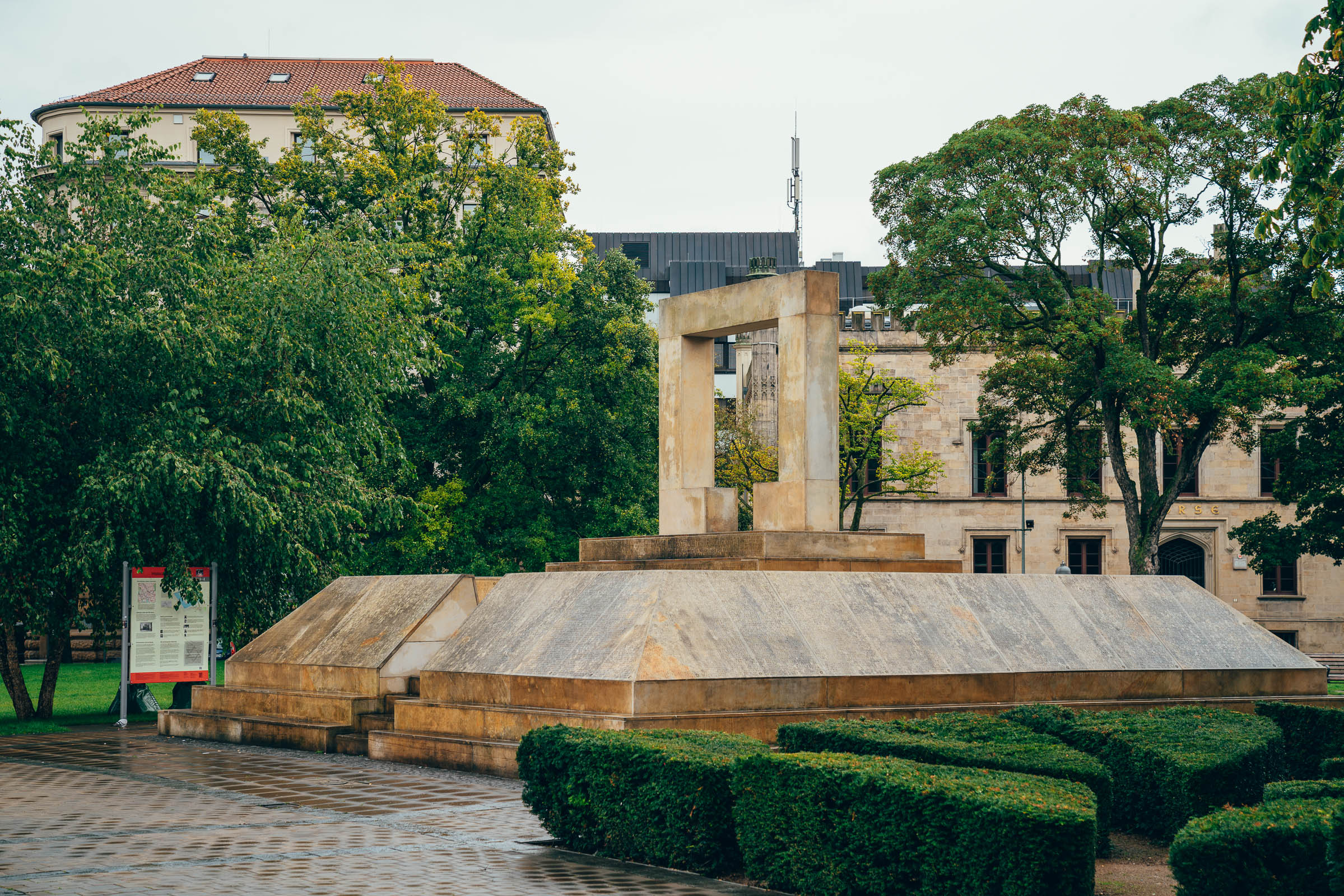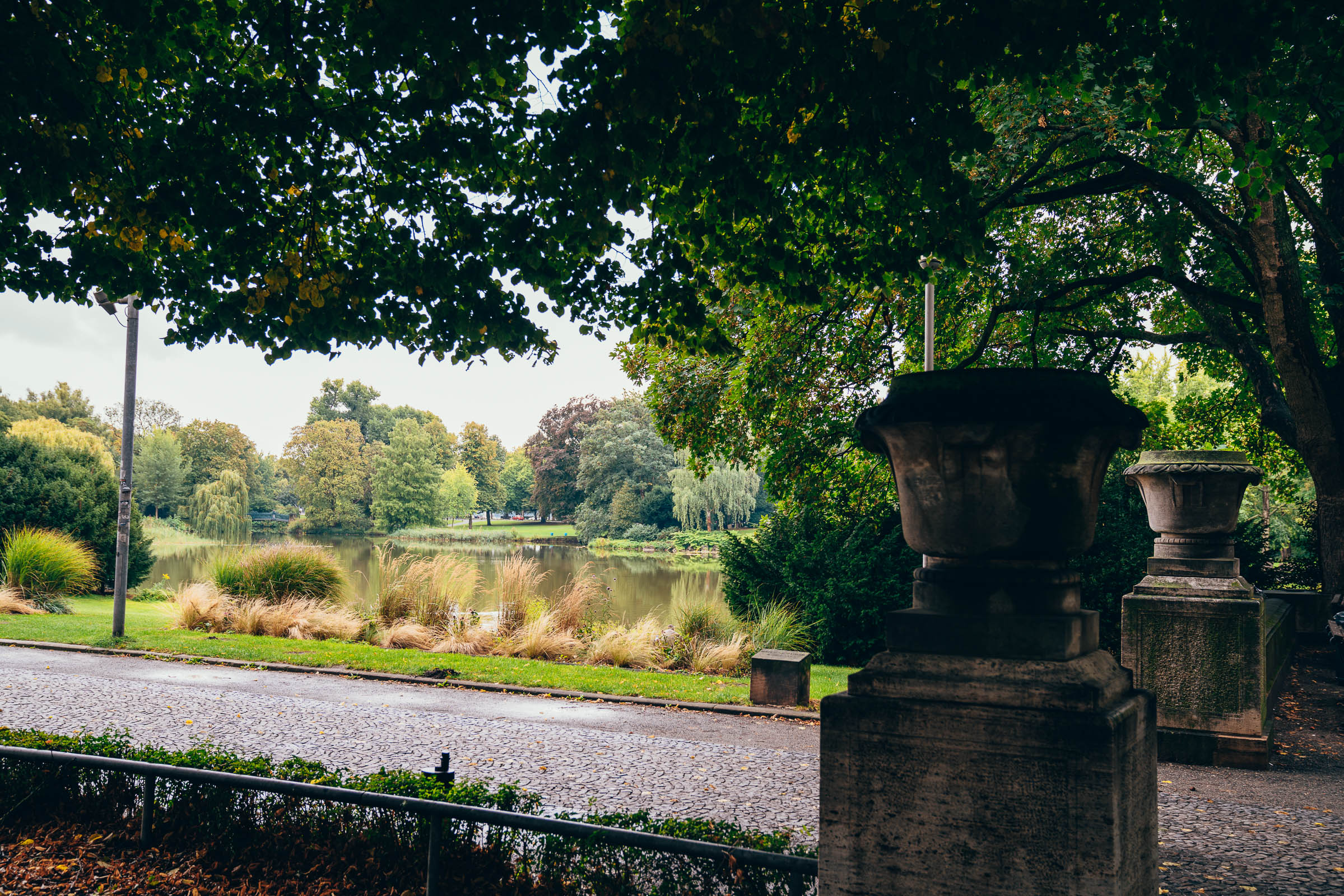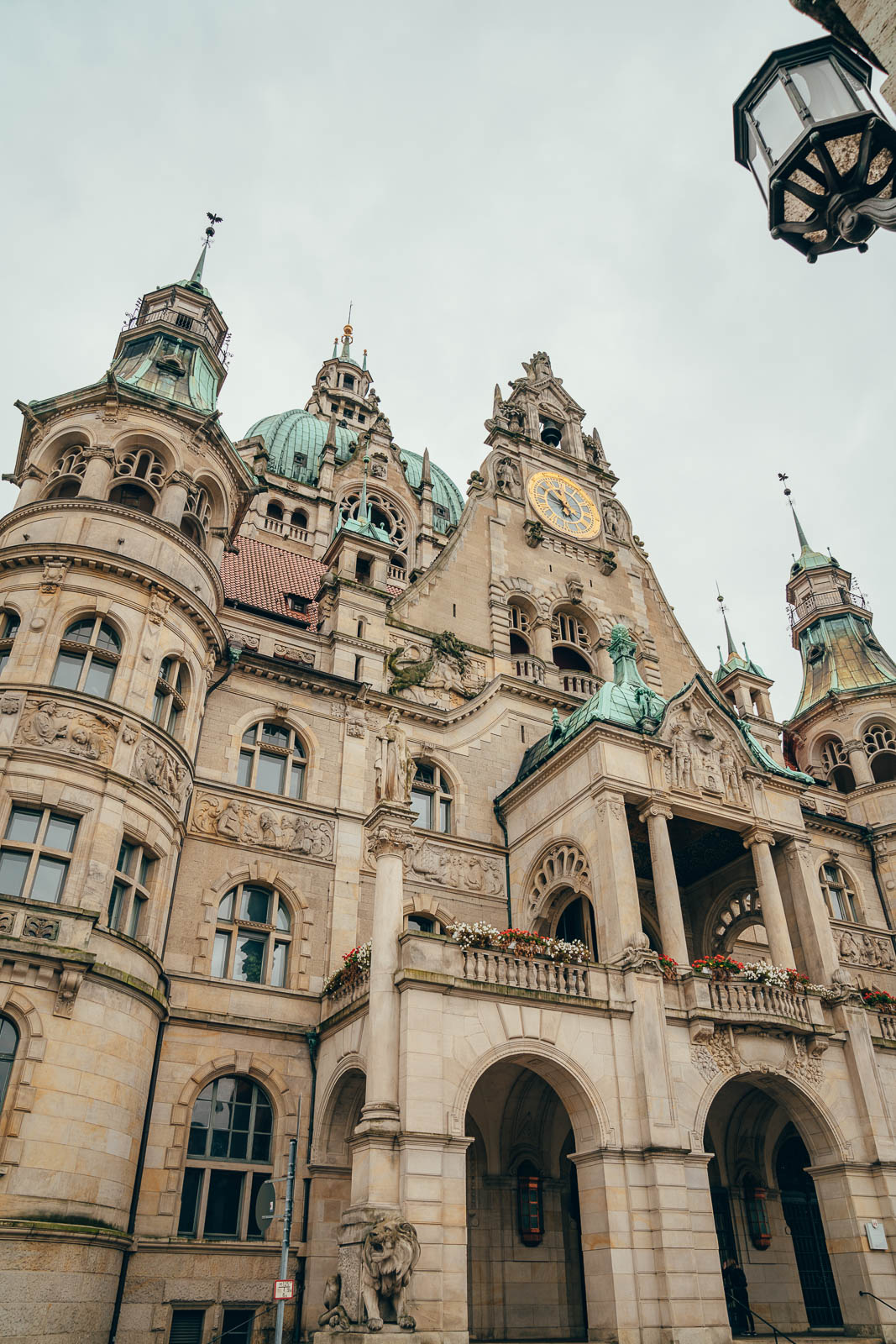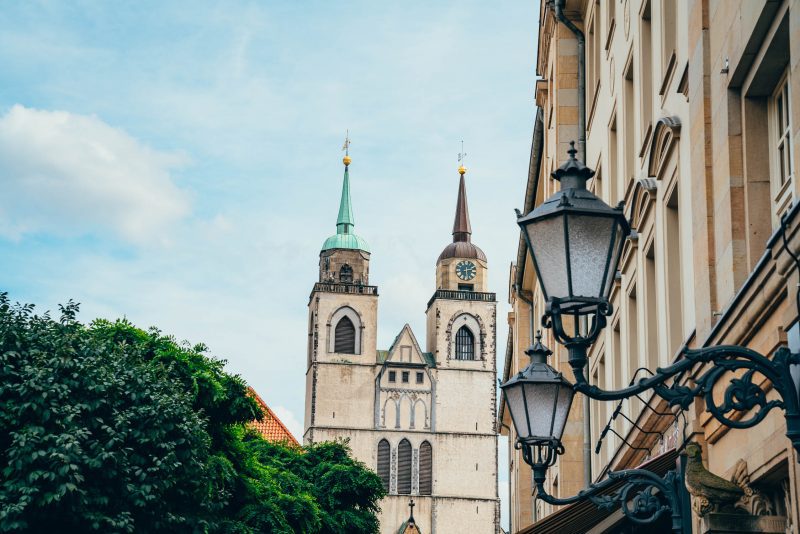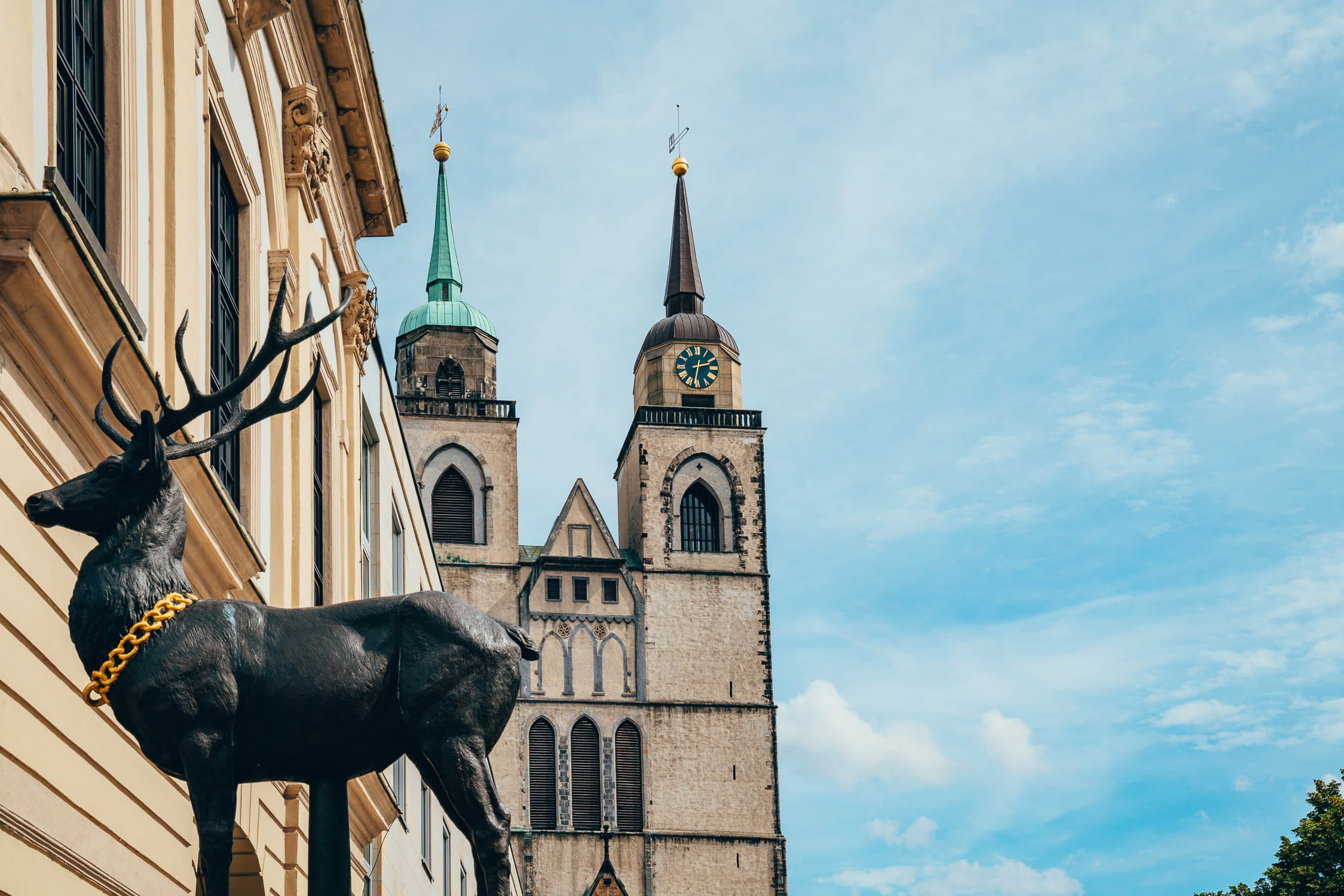My dear travelers, welcome to the Mr.M blog! At the very beginning, I would like to wish you a Happy New Year and Merry Christmas holidays and wish you a lot of health, happiness and love. I hope that the New Year will bring us only beautiful moments and that the old year will take all the negative things with it tomorrow, and tomorrow at midnight you will wish yourself and your loved ones a lot of beautiful moments and give each other the most precious thing – your time.
In the previous months, I received your messages saying that you miss my “letters”, so I decided to give you something nice for the end of this year and take you for a walk through the green city in the heart of Lower Saxony. Welcome to Hanover!
Hanover is the capital of the German state of Lower Saxony. The city is located in the southern part of the northern German lowlands on Leine and Ihme and was first mentioned in written documents in 1150, and the status of the city was officially announced in 1241.
At the beginning of 1636, Hanover became the royal city of Welf, from 1692 the residence of Kurhannovers, and in 1814 it became the capital of the Kingdom of Hanover, after the annexation of Prussia in 1866, the provincial capital of Hanover and after the breakup of Prussia in August 1946. is the capital of the state of Hanover.
By merging with the Free States of Braunschweig, Oldenburg and Schaumburg-Lippe in 1946, Hanover gained the status of the capital of the German province of Lower Saxony. Today, Hanover is one of the 15 most populous cities in Germany.
Hanover is a major European traffic “crossroads”, as it crosses important road and rail routes north-south and east-west. Hanover was a Hanseatic city in the period from the 13th century to the middle of the 17th century and is a member of the Hanseatic League, which was symbolically re-established in the 1980s until the end of June 2019.
There are eleven universities and several libraries in Hanover. The letters of Gottfried Wilhelm Leibniz and the document Golden Letter are documents kept in the library of Gottfried Wilhelm Leibniz and are part of the UNESCO World Heritage Site.
Hanover is an important economic and business in Lower Saxony. The cultural scene is considered diverse, with numerous, and in some cases internationally renowned theaters and museums. Numerous international theater, music and dance festivals are held every year in this city of music and art.
Hanover has been a city of music on the UNESCO list since 2014. The city plan of urbanism is characterized by numerous public green areas, high density of street art and numerous architectural monuments, including representative buildings of various styles such as: North German brick Gothic, Hanoverian school of architecture, expressionism brick, Art Nouveau and classical buildings Georg Ludwig Friedrich Laves.
While post-war buildings dominate the interior of the city, many parts of this city still possess a significant number of old buildings and maintain the identity of the city of Hanover.
The Hanover Adventure Zoo, Maschsee and Herrenhausen Gardens are famous throughout Germany. An unusual curiosity is the arched elevator in the New Town Hall, which I must admit is a real world rarity. With the world’s largest exhibition center and numerous leading international fairs, Hanover is one of the leading congress and fair centers in Europe.

The cultural content in Hanover is diverse. To understand the richness and development of culture and art, I would like to mention that there are about 40 museums and galleries in Hanover, of which eight are the main city museums:
The State Museum of Lower Saxony has three sections: the art section on one side shows the state gallery with European art from the 11th to the 20th century, including a collection of German and French Impressionism, and on the other a rich collection of coins of former kings of Great Britain. A natural section showing zoology, botany, geology and a vivarium with 2000 species of fish, insects, amphibians, spiders and lizards.
The section on the history of mankind shows the prehistory and early history of Lower Saxony, as well as cultures from all over the world, including Japanese culture. The origins of the museum date back to 1856, while the building of today’s museum was built in 1902.
The Historical Museum is a “witness” who can tell us more about Hanover from the medieval settlement of Hanover to the royal seat and the current location of the fair. One of the focuses is the time between 1714 and 1837, when the electorate of Hanover ruled in close communion with the British Kingdom.
The neighboring Begin Tower is connected to the museum and is accessible. The museum was opened elsewhere in 1903 as the “Patriotic Museum” and moved to the current building in 1966.
The Herrenhausen Palace Museum opened to the public in 2013 and is part of the History Museum. In this palace you can see settings where people from the Welfenhaus and various garden architectures are presented, and it illuminates the connection between the social and intellectual preconditions of the Baroque and the villa garden design. The third part of the palace shows the development of the Herrenhausen gardens from the Enlightenment to the present day.
The August Kestner Museum, opened in 1889, displays 6,000 years of applied art in four eras of art collection: ancient culture, Egyptian culture, the largest collection of coins in northern Germany with about 1,000 pieces, and applied art.
The Sprengel Museum was opened in 1979 and represents modern art of the 20th century. The focus is on classical modernism with the collection of Kurt Schwitters, works of German Expressionism and French Cubism, the Cabinet of Abstracts, Graphics and the Department of Photography and Media. The museum also displays special examples of abstract, conceptual and minimal art,
The Wilhelm Bush Museum, the German Museum of Caricature and Drawing Art in Herrenhausen, displays permanent collections about Wilhelm Busch and caricature and critical graphics. In addition, exhibitions (cartoons, comics and caricatures) of contemporary artists from the country and abroad are constantly changing. The museum was founded in 1937.
The Kestnergesellschaft was founded in 1916 and displays exhibitions of classical modernism and contemporary art. The focus is on film, video, contemporary music and architecture, and extensive installations and comprehensive presentations of contemporary painting, sculpture and video art are on display.
Kunstverein Hannover, founded in 1832 as one of the first art associations in Germany, is based in the Kunstlerhaus Hannover. Six to eight internationally oriented monographic and thematic exhibitions are presented each year.
Hanover has long been considered a mediocre and boring destination. The prevailing opinion was that the city center was impersonal and soulless, while the inhabitants of the surrounding municipalities of the city, some of which were large old buildings, developed some of their way of life. The city has a relatively large amount of open space and green areas, which is why some tourists attribute its small “stress due to density” and relaxation in everyday life.
In 2018, the accommodation booking portal Booking.com listed Hanover as one of the ten new tourist destinations in development due to the “large number of museums, parks and cultural events”.
The Leine-Heide-Radweg long cycle path, the Kulturroute cycle path, the Gruner Ring cycle cycle and hiking trail, Lower Saxony Muhlenstrasse, the Via Scandinavica pilgrimage route and the European History Gardens route, the Council of Europe’s cultural route, escape routes of the greatest tourist importance. city of Hanover.
Today’s old part of the city is significantly different from the original old city before the Second World War. The center of Hanover was 90% destroyed, including the old town. Therefore, a kind of traditional island was created around the market church. For that purpose, the main landmarks were renovated, such as the market church, half-timbered houses and other buildings moved from other parts of the city, and post-war buildings were created as part of the reconstruction that harmoniously blended into the old part of the city.
Today’s gates of the old town are the Marstalltor Louis Remi de la Fosse. It is the preserved central portal of the Hofmar stables on the Hohe Ufer. As already mentioned, in the center of the old part of the city is a market church, built in the 14th century, with a market square and a market fountain in Hanover. Together with the old town hall, it is a testimony to North German brick Gothic.
Broihanhaus, Hanns-Lilje-Haus and Georg-von-Colln-Haus are located near the Marktkirche. The Kreuzkirche in the Kreuzkirchenviertel has a precious altarpiece by Lucas Cranach the Elder.
Opposite it is the Kreuzklappe restaurant. The oldest preserved half-timbered house in Hanover from 1564/1566 is located at Burgstrasse 12. Ballhof, built between 1649 and 1664, has long been the largest event hall in the city, and is now one of the places in Lower Saxony – State Theater.
On Holzmarkt with the Oscar Fountain, next to the Nolta house, which was built shortly before 1900, there is a house with a Renaissance facade of the Leibniz house, which was reconstructed in 1983 (originally built in 1499 in Schmiedtstraße).
Of the medieval city defense towers, only the initial tower in the History Museum has been completely preserved. The old town is bordered by the Hohe Ufer der Leine, where the Leineschloss and the promenade along the coast with cafes and restaurants, which was redesigned in 2018, are located.
Martin-Neuffer-Brucke runs from the old town to Calenberger Neustadt. And this suffered serious destruction in World War II. However, there are numerous representative buildings and sandstone churches here.
The Baroque Neustadter Church with Leibniz’s tomb and St. Clemens’ Basilica, the first new Catholic church building in Hanover after the Reformation, and the Evangelical Reformed Church, whose bells were donated by Britain’s Queen Victoria, still give an idea of why Calenberger Neustadt was called “Freedom Island”.
Even then, all denominations and beliefs were allowed. The State Archives of Lower Saxony and the Ministry of the Environment are also located in Calenberger Neustadt, in front of which is the Duve Fountain, in the middle of the Leibniz coast.
Everywhere in the city center, but also in some parts of the city, there are buildings of master Georg Ludwig Friedrich Laves. At the beginning of the 19th century, the planning and design of the city of Ernst-August-Stadt, which is today part of the district of Mitte, began.
Its largest buildings in Hanover include the Opera House, the Waterloo Column, the Vangenheim Palace and the Laveshaus opposite the New Town Hall.
He renovated the Leineschloss on the edge of the old town (today the seat of the state parliament of Lower Saxony) and expanded it, among other things, with a portico in Leinstrasse. Other Laves buildings include the von Beckedorf Chamber House summer house, Villa Rosa and various bridges.
In the middle age, until the end of the 19th century, the Hanover School of Architecture created its own direction of form with clinker brick buildings in the neo-Gothic and arched style (for example from the Kunstlerhaus Hannover, 1855), which had an influence outside Hanover and shaped the face of the great residential districts.
Due to the many green areas in the city, Hanover is one of the greenest cities in Germany and has a special epithet called “green metropolis”. On the ranking list Meinestadt.de in 2011 came in first place in Germany, but not on other rankings, because other cities have more green space in terms of area (total or proportional), and some rankings do not count only public green areas. However, Hanover is particularly sustainable in terms of its urban development.
The new town hall in Hanover is the town hall of the capital of Lower Saxony and the seat of the city administration of Hanover under the administration of the mayor. Wilhelmina, a magnificent palace-like building in an eclectic style, was built between 1901 and 1913.
The new city hall is located in the most beautiful part of the ten-hectare Maschpark on the southern edge of the city center, outside the historic center of Hanover. The square in front of the north-northeast facing the north wing is now called Trammplatz, it was created especially in connection with the town hall building and was named after Heinrich Tramm, the then mayor. The south side of the building faces Maschteich.
During the expansion of the city with industrialization, especially from the early days of its founding, the scattered administration of the city of Hanover grew, so that at the end of the 19th century a new larger town house was necessary. The driving force behind this was the city director, Heinrich Tramm, who had been in office since 1891, and under whom the building was to become “the pinnacle of bourgeois self-expression.”
Initially, there was talk of Goseriede north of the old town. The finally determined location on the then southern outskirts of the city took into account the planned expansion of the city to the south (“Sudstadt”), in combination with the “Rathauspark (Maschpark) which stretched there as the center of new public buildings”.
The town house, 97.73 meters high, about 129 meters long and about 67 meters wide, was built on 6026 beech piles according to the plans of architect Hermann Eggert. The main hall of the town hall was 30 meters long, 21 meters wide and over 30 meters high. The construction material, the sandman claims, was brought from the Mehler quarry.
I advise you that due to the difficult current situation in the country, if you want to go out into the fresh air, take a walk and clear your mind, feel free to do so, but do not go to places where there are a lot of people and create crowds.
Travel is currently disabled, but I sincerely hope that with the start of vaccination of the population in Europe and the world, the measures will be relaxed.
My dear travelers, we have reached the end of this special post from Germany which would not have been possible without the selfless help of the Hanover Tourist Board and the Tourist Board of the German State of Lower Saxony in cooperation with the German National Railway DB – Deutsche Bahn which allowed me to feel the spirit and beauty the city of Hanover and the German federal state of Lower Saxony and to share my impressions of this unusual city in Germany.
Time always flies when a person has a good time! A man is rich at heart if he has managed to explore the world and I am glad to always be able to find partners for my projects that help me discover new and unusual destinations in a completely different way during this global COVID-19 health crisis.
I would like to take this opportunity to draw your attention to the care and protection of yourself and your loved ones. Let’s prevent the spread of the Corona virus and try to make this one day just one bad dream that we have successfully forgotten!
I understand that people need to go out into the fresh air for physical activity and mental health, and you can do that by walking around the city in the open air every day, using the busy streets. Of course, you can walk through the park and other types of green areas or along the promenades along the rivers, but stick to the prescribed physical distance and use disinfectants and wear a mask.
I am honored to have the opportunity to work with companies that are at the top of the tourism industry and I would like to thank them for this incredible adventure and for allowing me to experience the beauties of the German state of Lower Saxony in a completely different way.
How did you like this story of mine about Hanover? Have you had a chance to visit this city in Germany so far?
If you have a question, comment,
suggestion or message for me, you can write me down in the comments. Of
course, as always you can contact me via mail or social media, which you
can find on the CONTACT page.
With love from Hanover,
Mr.M
This post is sponsored by the Tourist Board of the City of Hanover, the Tourist Organization of the German state of Lower Saxony and the German national railway Deutsche Bahn.



